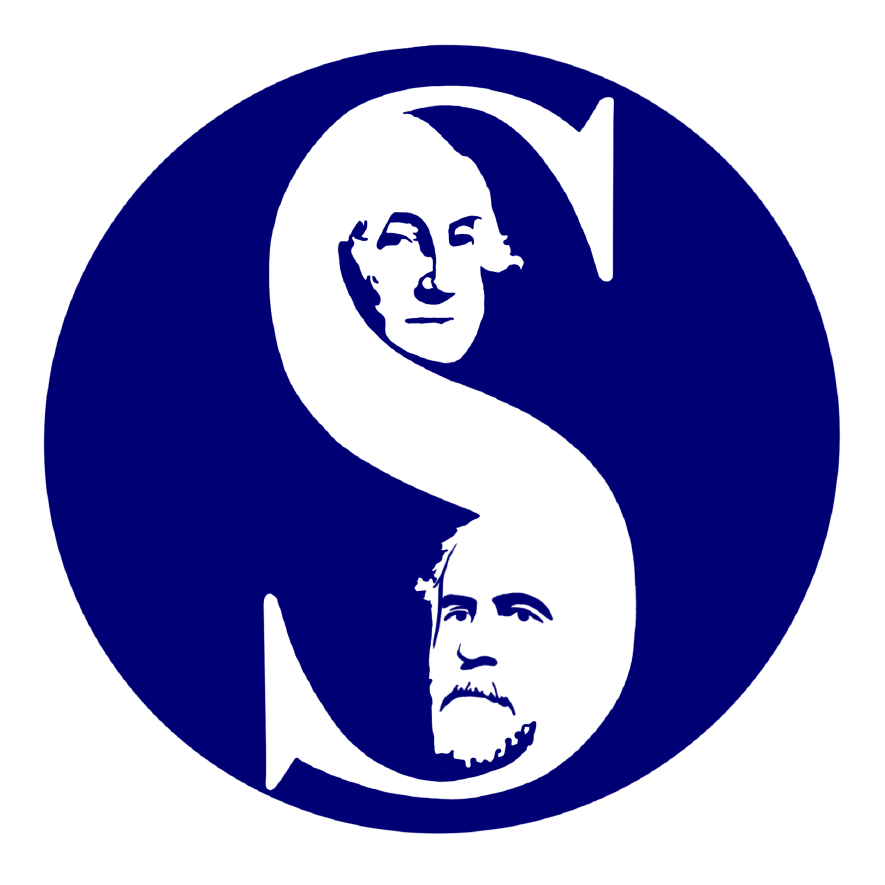Diversity Considered
By David Hotze ‘21,
There is no better example to illustrate the politically correct shift of our times than the word “diversity”, credulously lapped up by the masses. Diversity is widely trumpeted as the cure-all by the media, universities, and culture at-large. However, the progressive definition of diversity that our society has eagerly accepted applies solely to racial diversity. More concerningly, Washington and Lee is not immune to this drift toward acceptance of the misconstruction of diversity as solely being based on one’s race.
It is important to get into the crux of the arguments espoused by those wishing to change the name of our distinguished university and their claim that “diversity” is impossible with a continued association with Robert E. Lee. Diversity includes bringing in students from all walks of life and contains ideological diversity, socioeconomic diversity, along with the oft-mentioned racial diversity. Journalism professor Toni Locy, in a recent article published in The Nation, along with other faculty at Washington and Lee, have utilized the emotional sentiment behind the death of George Floyd and the following Black Lives Matter protests and subsequent destructive riots to express their continued grievances with the school.
Such current efforts include an attempt to remove Lee’s name from the school and eliminating all uncritical or “positive” references to the confederacy on campus. This continues off of past attempts by faculty members and students alike striving to argue that the University’s association with Robert E. Lee harms minority communities at W&L by marginalizing and oppressing them with his presence, as evidenced by a petition authored by faculty of the English Department back in late 2017. One W&L law school professor, for example, recently published a list of thirteen demands that the University would have to satisfy to pacify his diversity-related grievances, including removing both namesakes and having white faculty acknowledge that they have “profited and benefited from Black pain.”
Moreover, the delusion that members of minority communities are continually marginalized and oppressed by the white race and non-minorities is utilized as another argument as to why the name of our university should be changed by its proponents. This feeling that members of these communities claim to face at W&L is disconcerting on two levels. One is the fact that they claim to be experiencing marginalization when they are given the same opportunities to succeed at W&L. The other disturbing aspect is their subsequent push censor all history (persons, symbols, etc.) that offends them. Simply being able to understand the context of history, to them, is not an acceptable solution. Faculty have been endeavoring to rid our University of its association with Lee for many years, and the recent turmoil in our country over purported racial injustice has given them the fuel to exploit the emotional unrest taking place across the country to push their idea of a “diversity” agenda through at a swift pace.
Even the President of our University has proclaimed in a recent email sent out to members of the University community that “the diversity of our community remains unacceptably low” and that the University agrees that W&L is complicit in perpetuating racial inequality and injustice. This statement begs the question: By which standards is President Dudley measuring diversity? Of the broad and inclusive meaning of the word diversity, Dudley focuses solely on his commitments to racial diversity, through accepting more students of color and hiring faculty of color at the University. He prides himself on the fact that the University “has increased the number of domestic students of color by 50% since 2016” and “forty-five percent of tenure-track hires over the past four years are faculty of color.” As a president whose duty is to be representative of the entire University community, the color of one’s skin seems to take precedence over all other attributes in his mind. Seemingly, instead of forming his own opinions and standing firm on the reasonableness of the already existing direction of our great institution, he capitulates to the masses. At this moment in time, as well as in the past, invoking the diversity argument is a clever way to advocate for racial quotas at universities. So, what justifies this “diversity”? Nothing but unsupported statements, continually repeated in a self-righteous and vociferous manner. This perverse policy of reverse racism that he advocates, seeking out students and faculty simply for the color of their skin, does not guarantee that Washington and Lee will be more diverse. Simply pushing more persons of one race into the same community, with race taken as the primary factor rather than qualifications, is not what W&L should be striving towards.
Likewise, in espousing these viewpoints, faculty members and students alike, have fallen into the trap of the fallacy of mandated racial diversity. Everyone agrees (or should agree) that all races are fundamentally equal. However, those adhering to the aforementioned fallacy believe that race can compensate for a possible lack of qualifications, so that members of a minority race are given preference in the admissions process for faculty and students alike over other, sometimes better qualified, applicants. How is that not racism? Or, as George W. Bush phrased it, “the soft bigotry of low expectations?” If Washington and Lee is to be a meritocratic institution that treats everyone equally, then it needs to start treating all applicants equally. Ultimately, seeking a diversity of cultural experiences and ideological viewpoints will intrinsically bring with it the racial diversity that those pressuring a name change seek.

